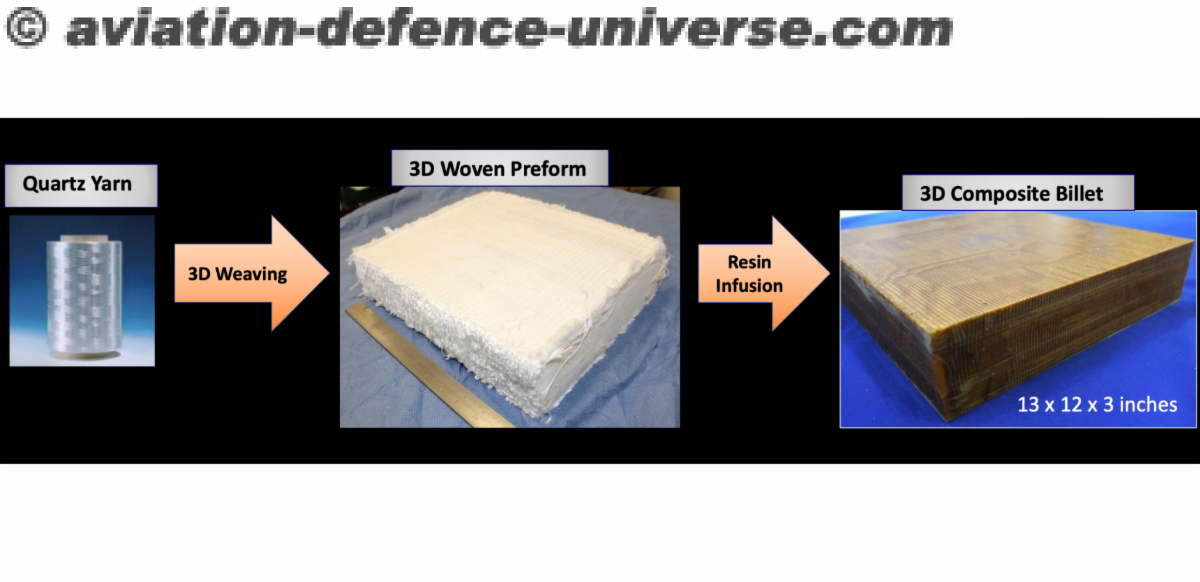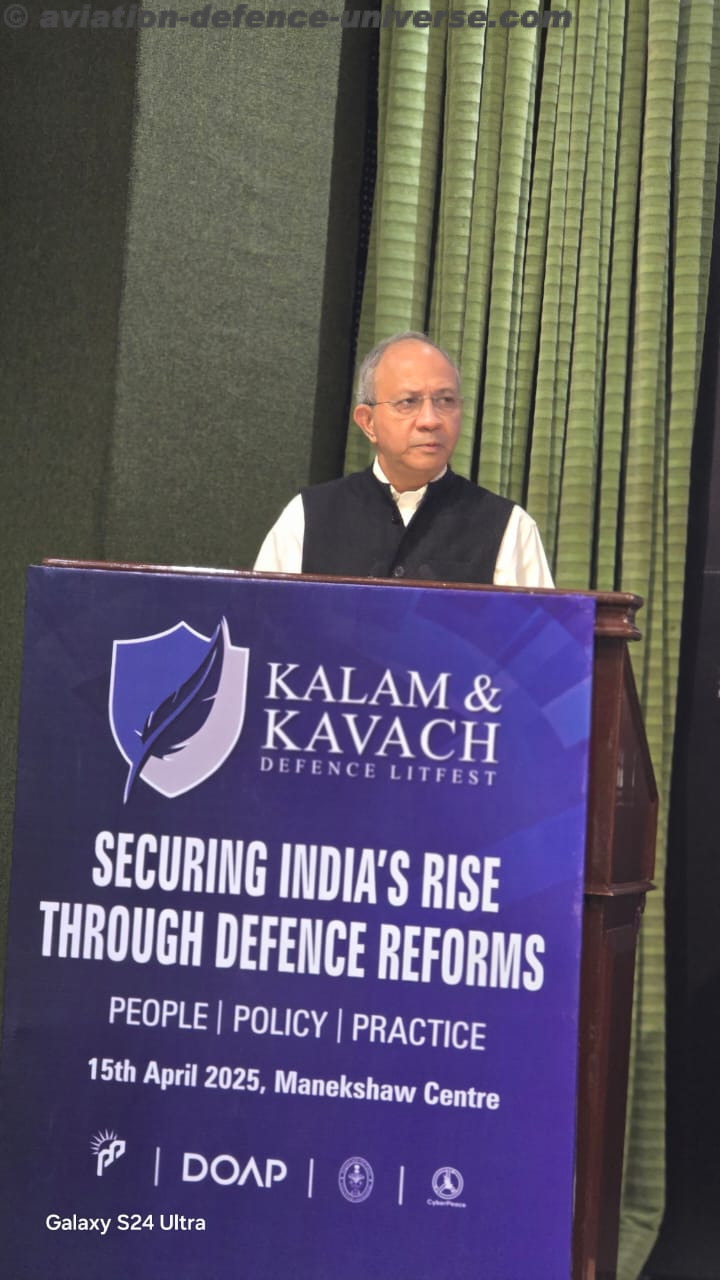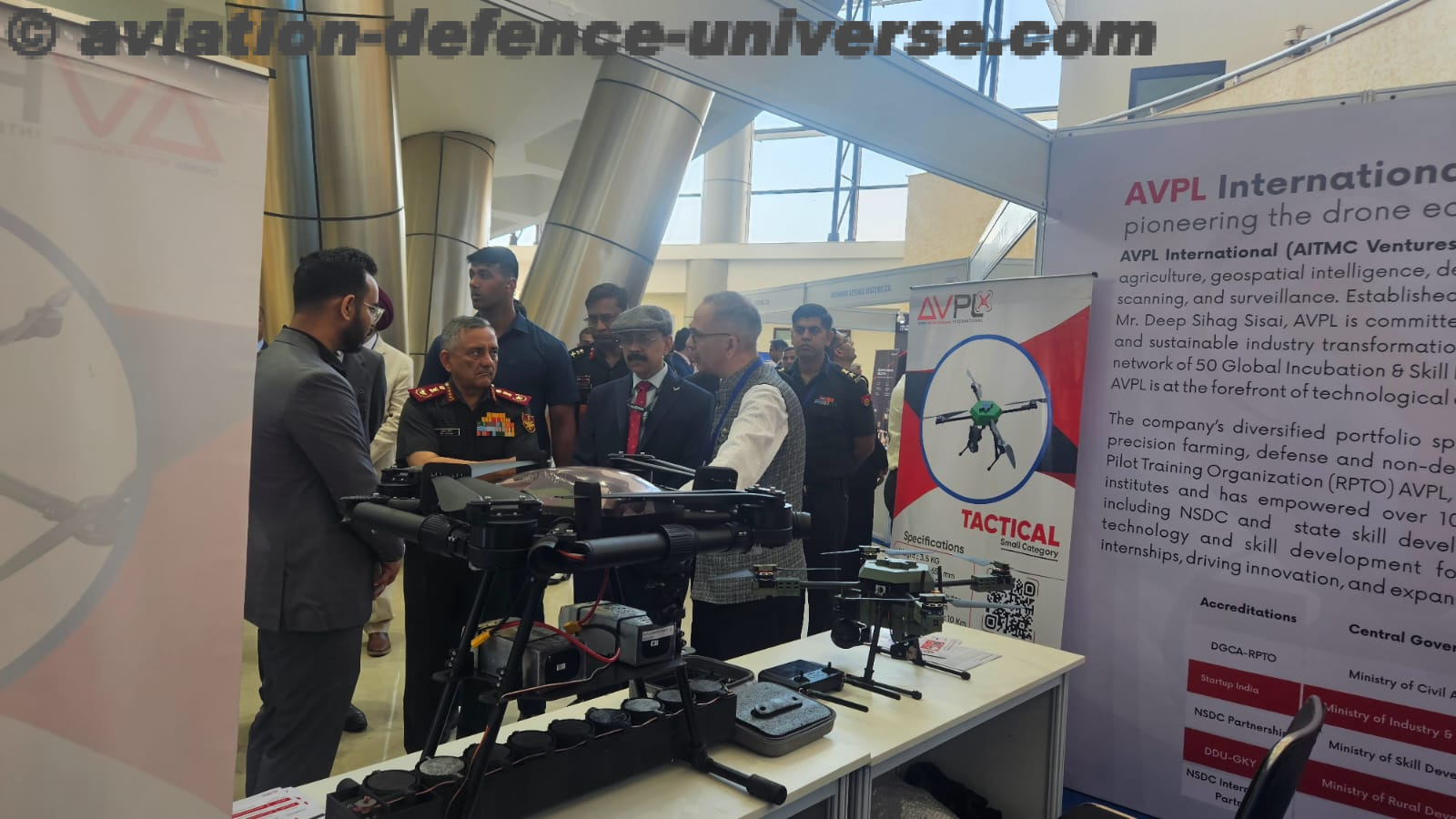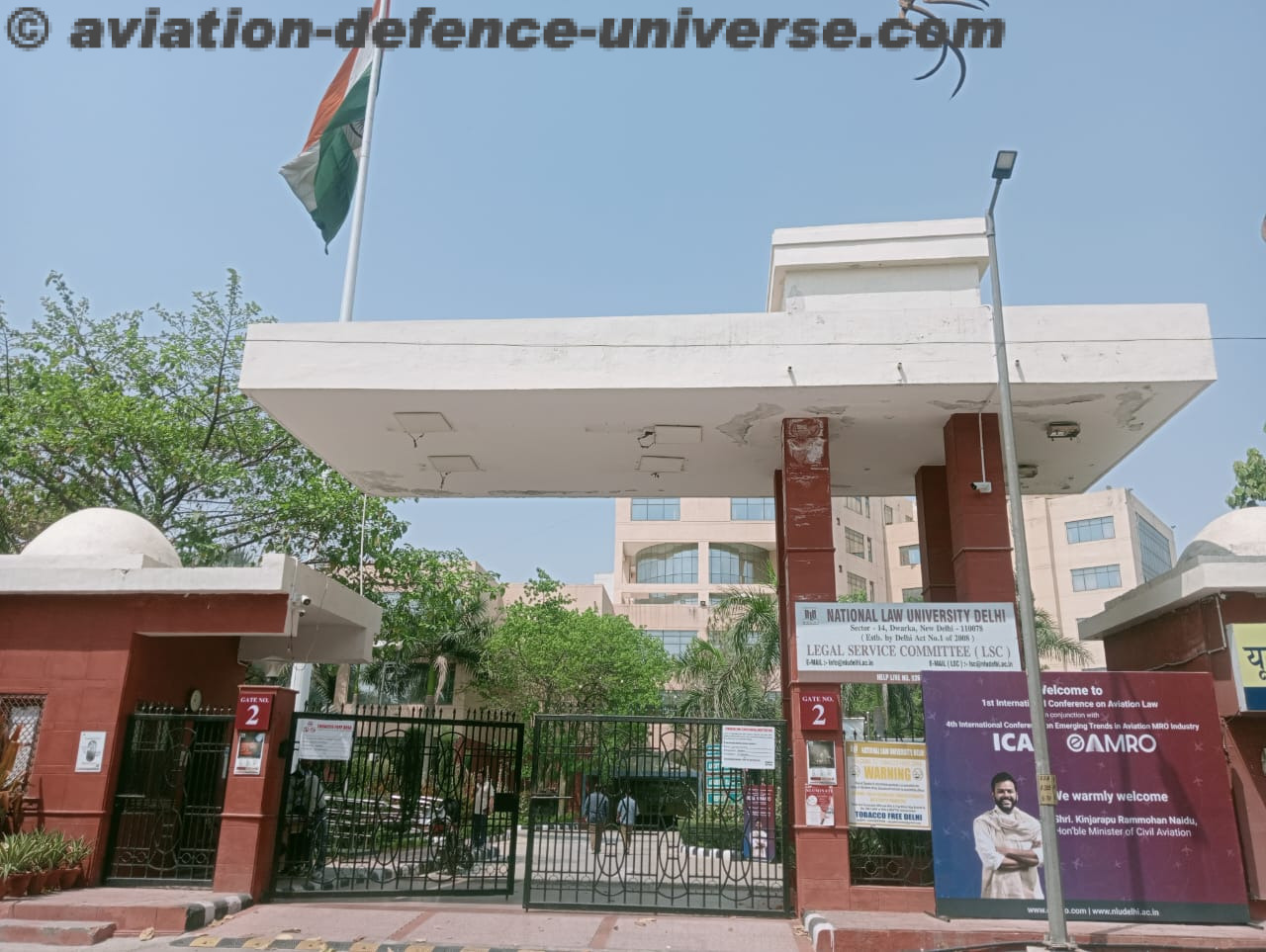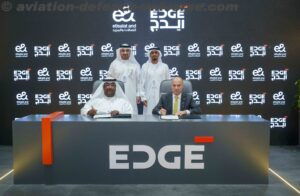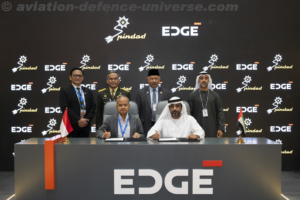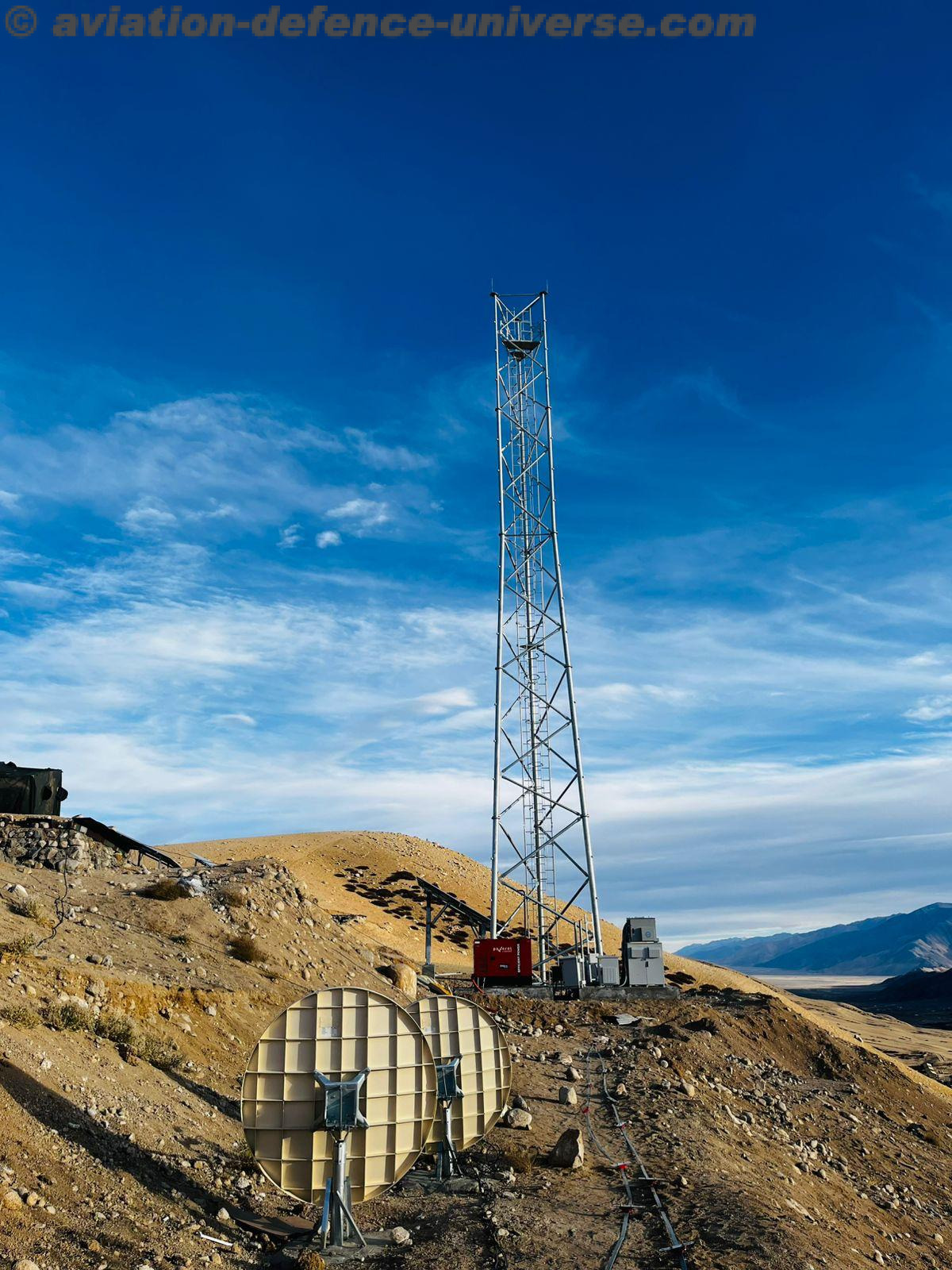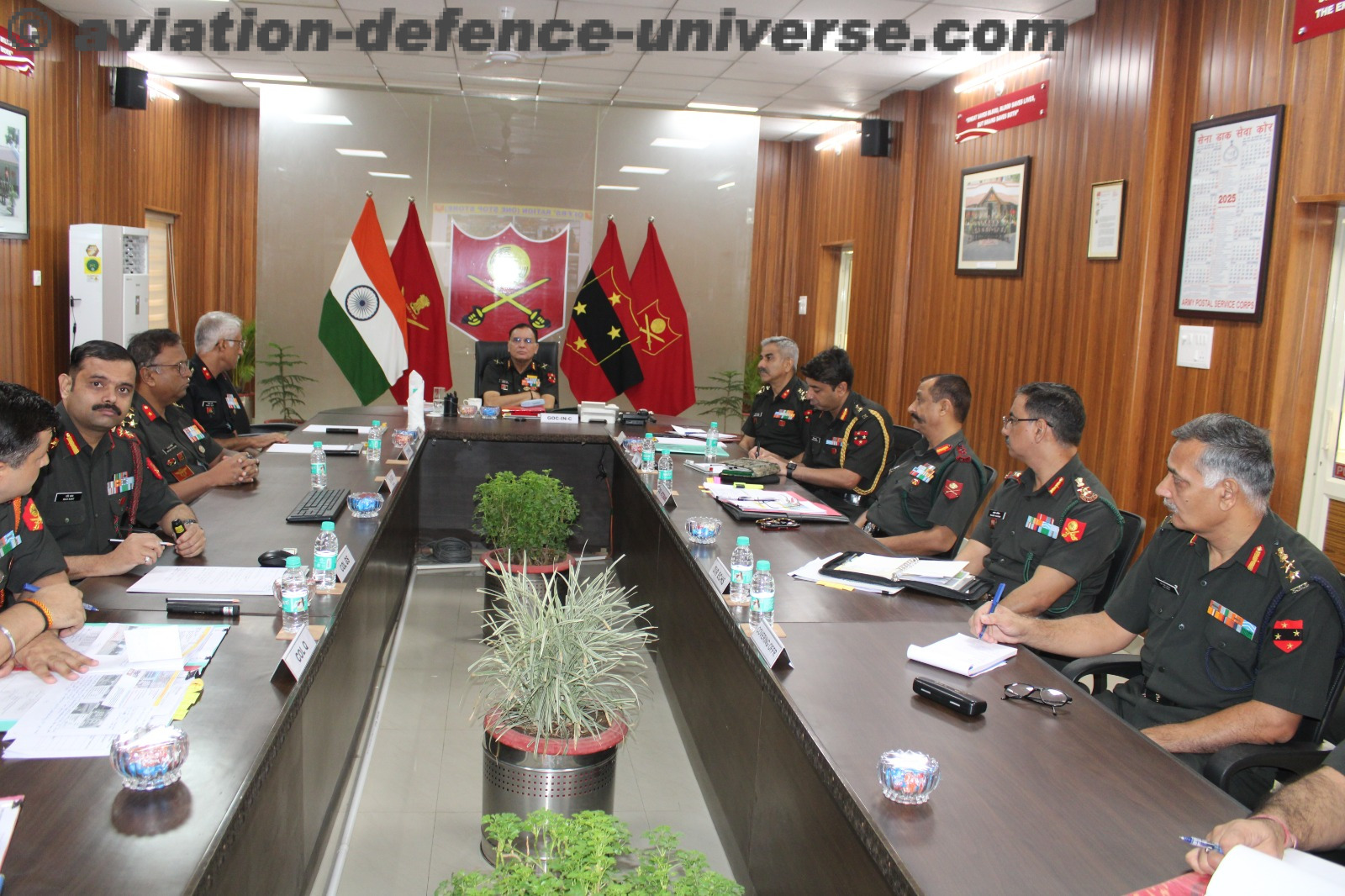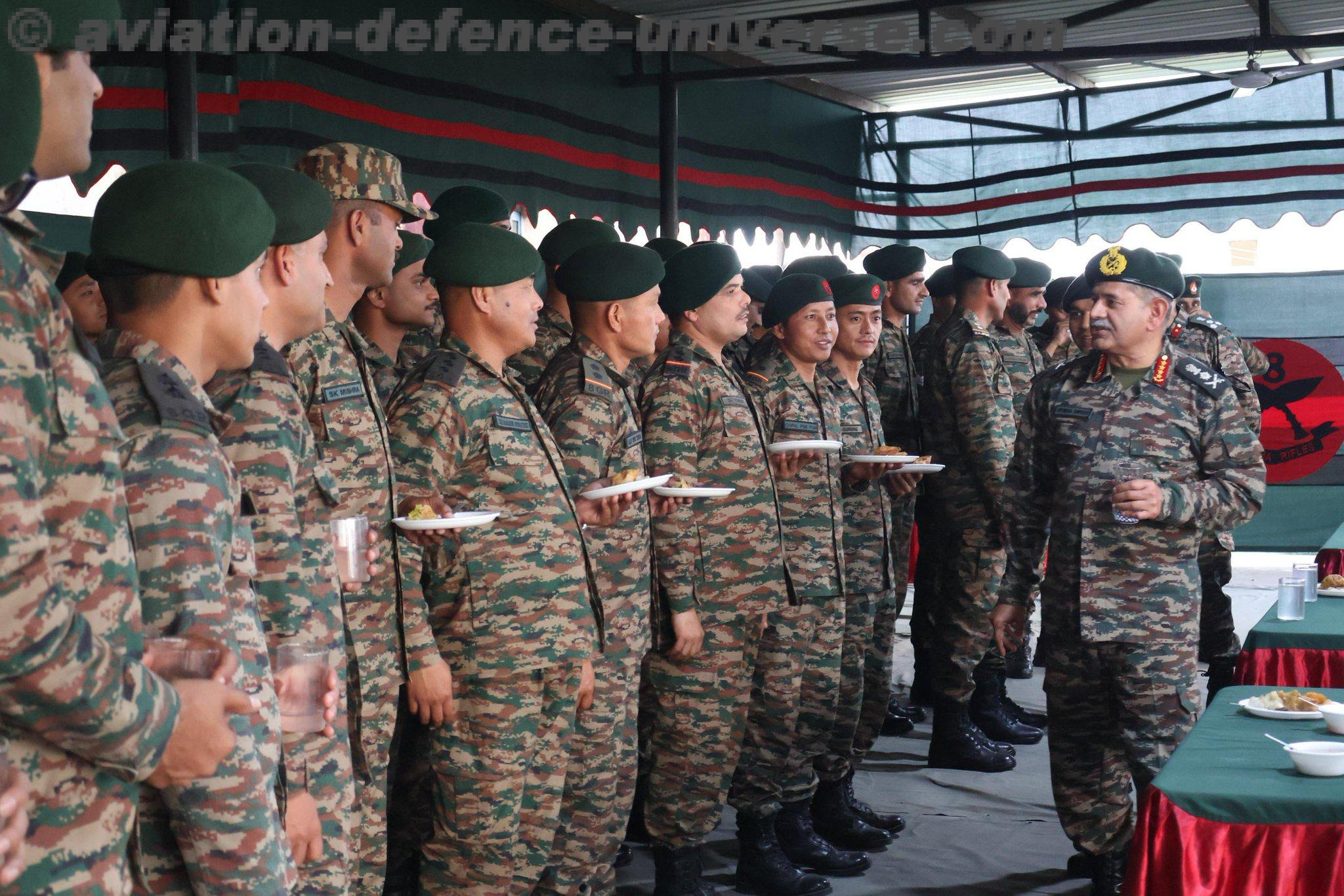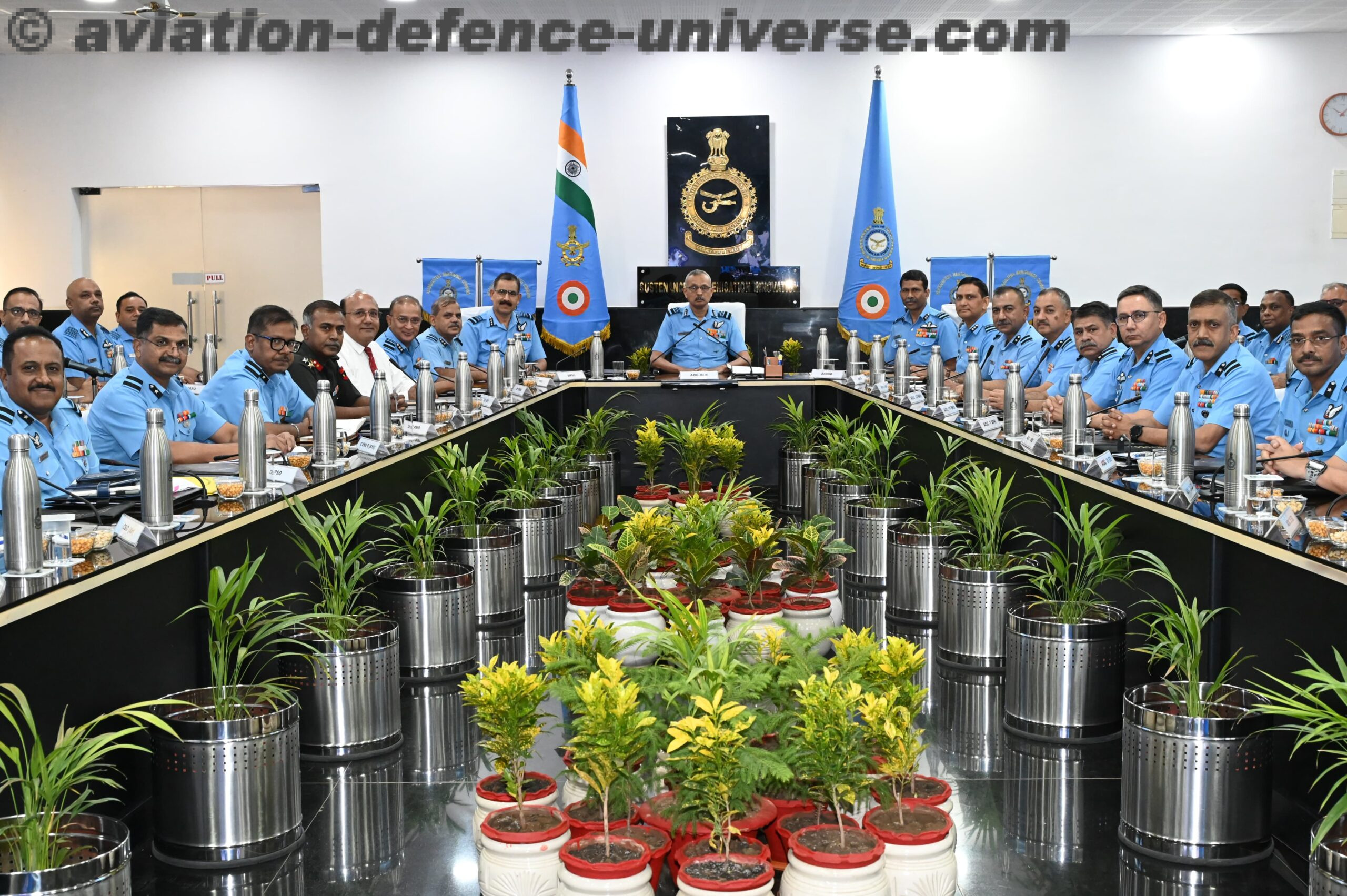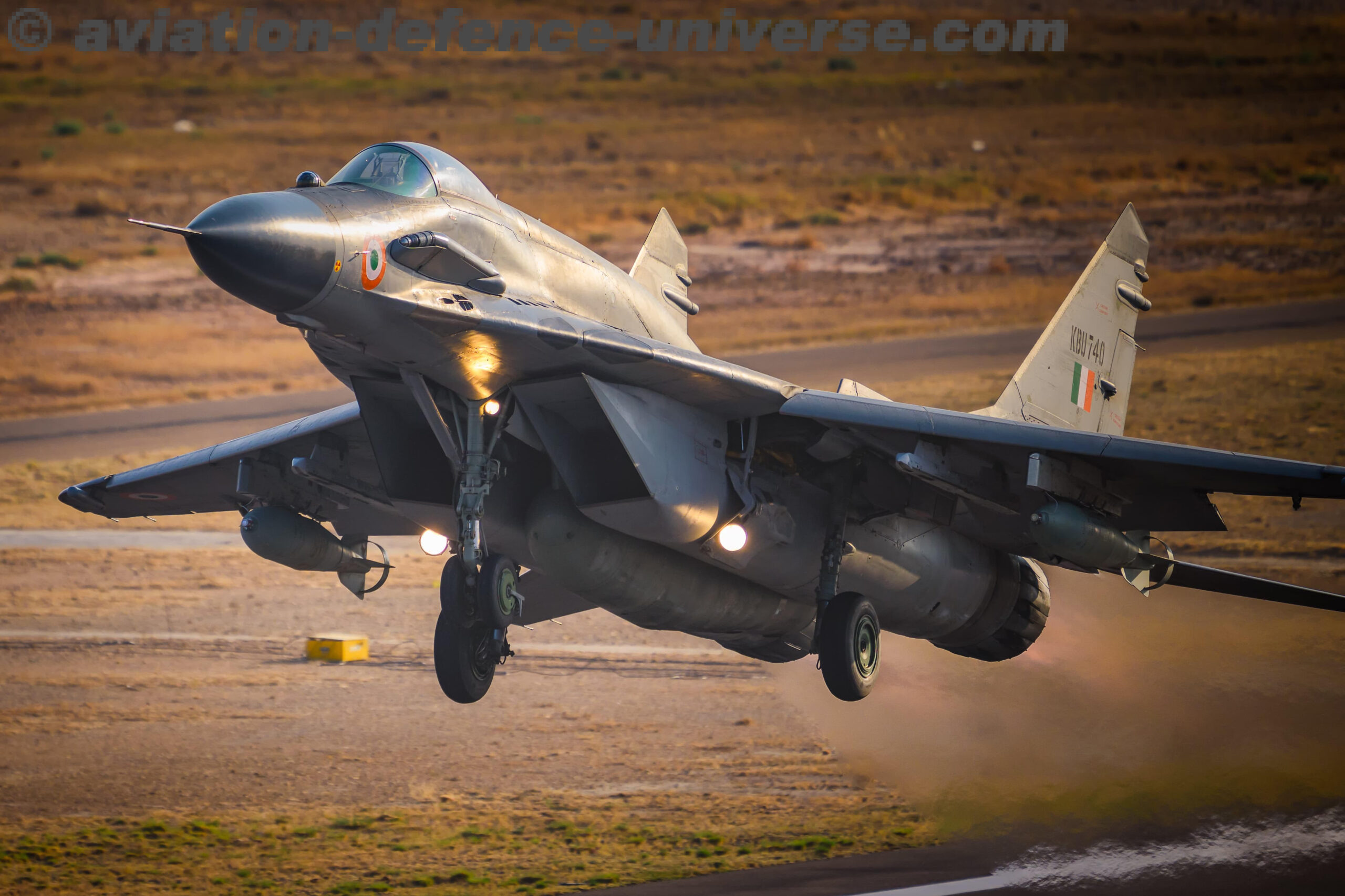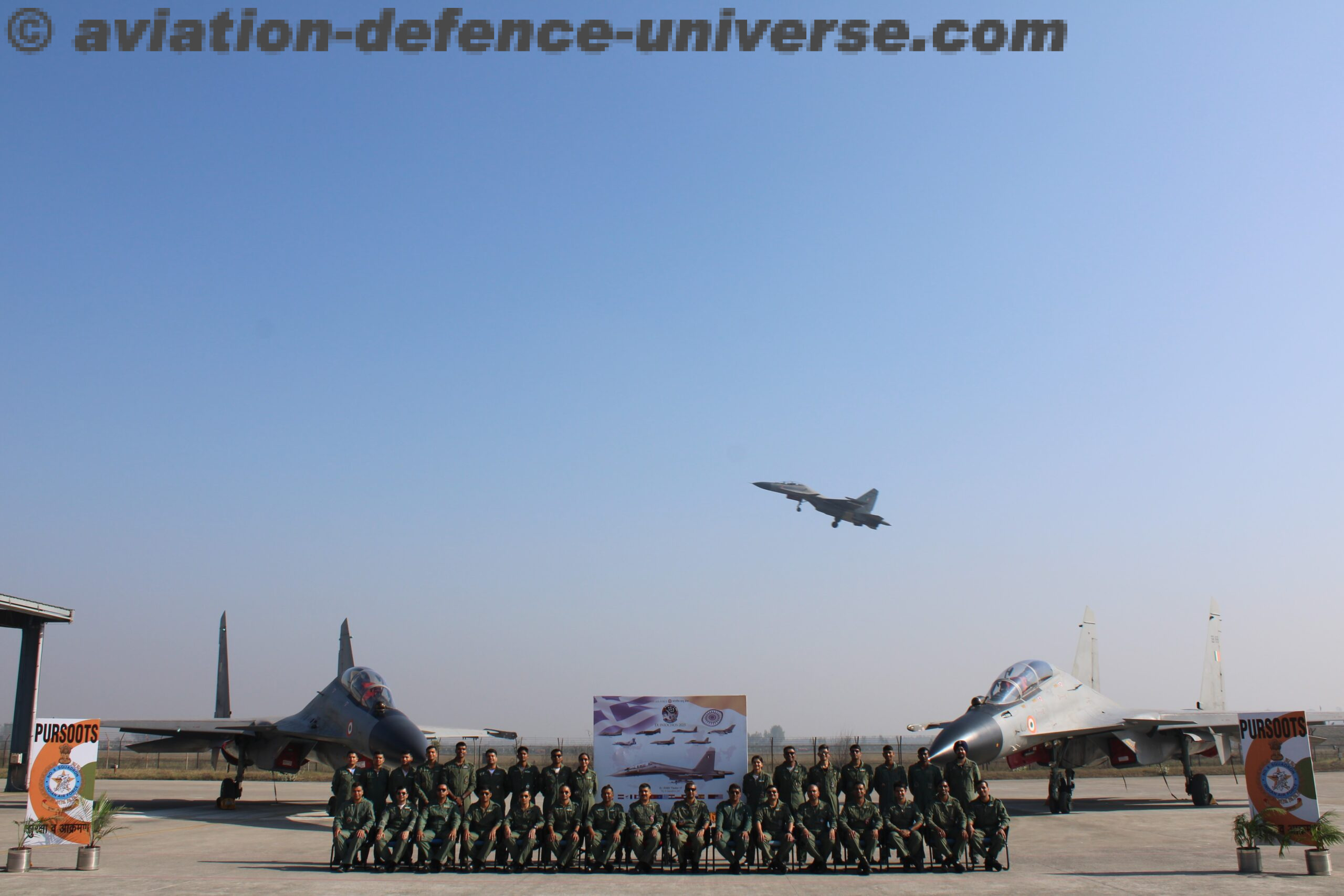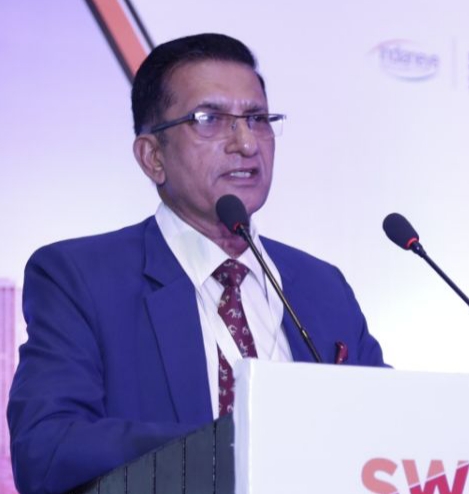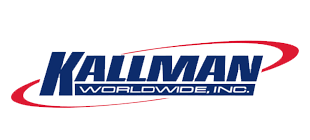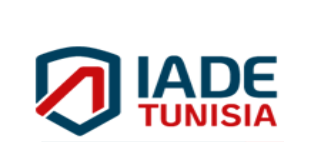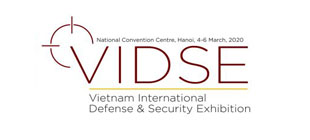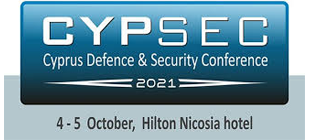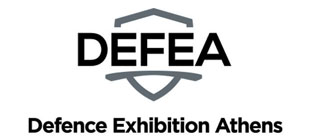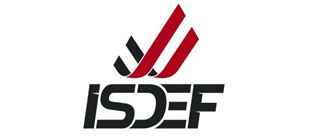- Hanwha will present a range of cutting-edge defense capabilities at IDEX 2025, under the theme of ‘Driving Innovation with Partners’
- The K9 Self-Propelled Howitzer fitted with Korean-build engine is to be unveiled for the first time after successful trial runs
- Hanwha’s state-of-the-art long-range surface-to-air ballistic missile defense system, L-SAM, is to highlight integrated air defense solutions against evolving threats
- As part of the global expansion schemes, Hanwha has named Michael Coulter as Global Defense President & CEO, taking the helm of Hanwha’s international defense business initiatives across all domains of land, sea, and aerospace.
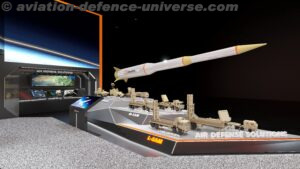 February 13, 2025 – Hanwha’s aerospace and defense affiliates will participate in the International Defense Exhibition (IDEX) 2025 at the ADNEC Exhibition Center, Abu Dhabi, UAE, from February 17-21, strengthening its presence in the Middle East and African markets.
February 13, 2025 – Hanwha’s aerospace and defense affiliates will participate in the International Defense Exhibition (IDEX) 2025 at the ADNEC Exhibition Center, Abu Dhabi, UAE, from February 17-21, strengthening its presence in the Middle East and African markets.
The largest aerospace and defense contractor in South Korea, Hanwha will present a variety of cutting-edge capabilities, including artillery systems, armored vehicles, a long-range ballistic interceptor system, and reconnaissance satellites.
At the upcoming show, Hanwha Aerospace will unveil the K9A1 Self-Propelled Howitzer fitted with a domestically-built 1,000-horsepower engine for the first time. The homegrown engine has been tested intensively in South Korea, Egypt and other nations for a year to prove its reliability in different environments and territory.
The Long-Range Surface-to-Air (L-SAM) missile system will also take the center stage of the Hanwha stand as an optimal solution for Middle Eastern countries seeking to enhance their air-defense network. L-SAM is an upper tier air defense network interoperable with lower tier defense systems such as M-SAM and PAC-3, to provide enhanced defensive capabilities through integration with command and control (C2) system.
Hanwha Aerospace develops the L-SAM interceptor missile capable of thwarting incoming ballistic missiles at high altitudes, using sophisticated technologies including the dual-pulse propulsion system, and the divert & altitude control system. Mass production of the L-SAM is to begin this year for delivery to the ROK Air Force. An improved variant, the L-SAM II is also under development to be completed by 2028.
Michael Coulter, who has been named as President & CEO of Hanwha Global Defense, said:
“We’re very excited to present our technology, capabilities and commitment to industrial partnerships at the IDEX 2025, as Hanwha is consistent with visions of customers in the region to quickly bring world-leading defense capabilities to militaries while supporting and accelerating local industrial bases through investment and localization efforts. A world-leading, multi-domestic defense leader, Hanwha is fully committed to providing all types of needed capabilities in all domains of land, sea, and aerospace to global customers.”
Other capabilities to be displayed at IDEX include :
Chunmoo MRLS
- Developed to counter North Korea’s long-range artillery threat, the K-239 Chunmoo MRLS is capable of real-time precision strikes on key targets from outside the enemy’s artillery range.
- Guided missiles equipped with GPS/INS combined navigation devices enable a precision strike capability of 15m CEP. It can be mounted with two firing pods in the launchpad, providing stronger firepower than other products in the market.
Redback IFV
- The Redback is one of the world’s most modernized infantry fighting vehicle equipped with innovative technologies such as active protection system, composite rubber tracks, enhanced layered armor protection, remoted controlled weapons station, and advanced S/W architecture.
- In 2023, The Redback was selected for the Australian LAND 400 Phase 3 program to provide 129 vehicles in different variants.
TIGON IFV
- The TIGON IFV is an 8×8 multi-purpose wheeled armored vehicle equipped with diverse armament systems, such as RCWS. 20-30mm autocannons, and 900mm low-recoil guns. With its 525hp engine and waterjet, the vehicle can move at a maximum speed of 100km/h on the paved road and cross the river at a speed of 8km/h.
- The TIGON Tank Destroyer (TD) is a new variant with improved mobility, firepower, and survivability. The Tigon TD loads TAipers ATGM launcher on top, enabling combat initiation outside the enemy line of sight. The TD version is powered by a 700hp engine offers enduring maneuverability under harsh conditions such as deserts. It is armed with enhanced armor protection systems.
TAipers
- The TAiper (Tank Sniper) is a fifth-generation anti-tank guided missile, featuring different types of firing modes such as fire & forget, and None-line-of-sight. The missile is capable of changing the target even after firing.
- Designed to be installed on attack helicopters for air-to-surface strike capability, the TAipers can also be mounted on various types of land platforms such as IFV, APC and UGV.
H-SHORAD
- The Hybrid Short-Range Air Defense (H-SHORAD) is a next-generation wheeled vehicle armed with a 30mm/40mm gun unmanned turret; a surface-to-air missile system; and 3D AESA radar.
- With enhanced tracking capability and firepower, the H-SHORAD is an optimal solution to thwart small UAVs and different types of aerial threats in various terrain and weather conditions.
Multi-Function Radar (MFR)
- The M-SAM Multi-Function Radar (MFR) is capable of simultaneously detecting all aircraft and missiles attacking from any direction. The M-SAM II MFR is capable of performing detection and tracking, friend or foe (IFF) identification, jamming response, and guided missile detection, tracking, and communication—all with a single AESA radar.
- The L-SAM MFR has the capability to track and counter high-altitude ballistic missiles, long-range aircraft, and cruise missiles, offering enhanced protection for airspace defense.
Anti-Drone System
- The mobile Anti-Drone System is a comprehensive, multi-layered defense solution designed to detect and identify low-flying, small unmanned aerial vehicles (UAVs). Equipped with a wide range of defense capabilities, the system offers multi-layered responses at varying distances, including jammer technology, drone capture mechanisms, and laser systems, to effectively neutralize UAVs at altitudes ranging from 1 to 3 kilometers.
- This Anti-Drone System can be deployed to protect critical national infrastructure—including government buildings, airports, and oil refineries—against the growing threat of swarm drones and small UAVs.








